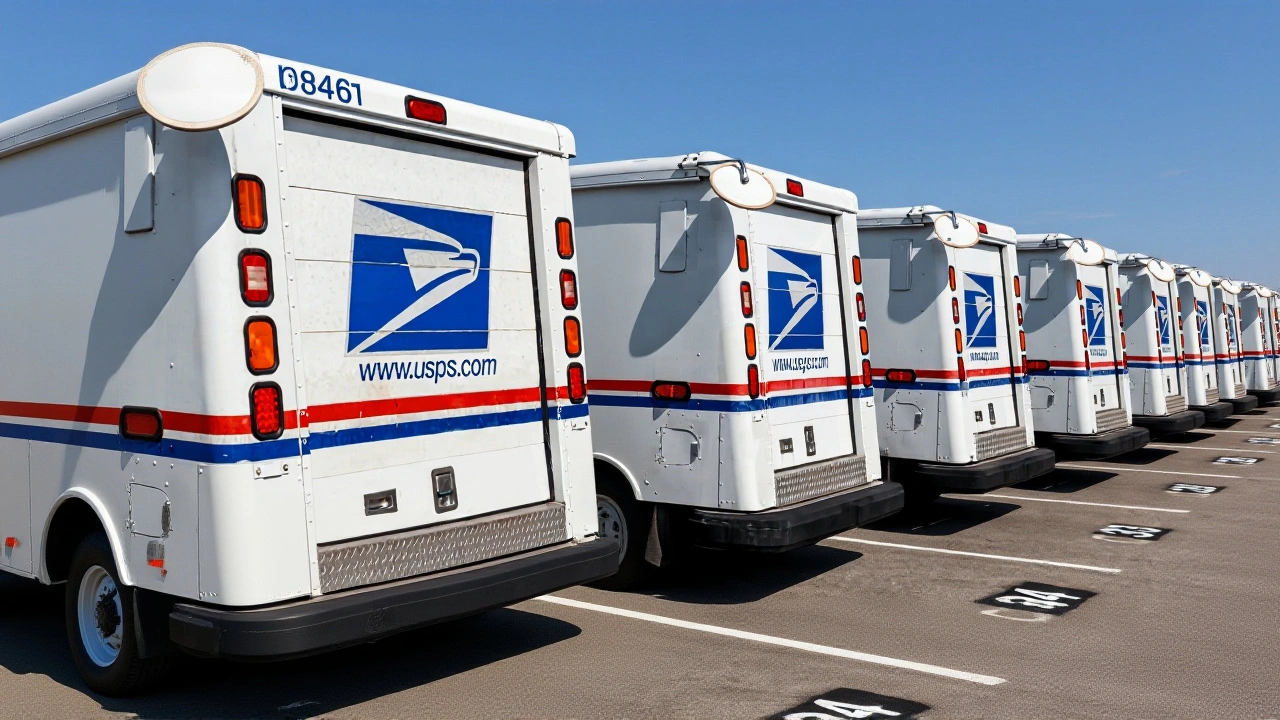Columbus Day: What It Means and Why It Matters
When thinking about Columbus Day, a U.S. federal holiday that marks the anniversary of Christopher Columbus’s 1492 arrival in the Americas. Also known as Discovery Day, it has sparked debate over its historical legacy, many people remember the parade floats and pizza‑filled celebrations that signal the start of October. Christopher Columbus, the Genoese explorer whose transatlantic voyage opened European contact with the New World is at the heart of the holiday, yet his legacy is increasingly examined through a different lens. That lens is Indigenous Peoples Day, a growing observance that honors Native cultures and acknowledges the impact of colonization, which many cities and states now recognize alongside or instead of the traditional holiday.
How Columbus Day Became a Federal Holiday
The story begins in the early 20th century when Italian‑American groups lobbied for a national day that celebrated their heritage and countered the discrimination they faced. In 1937, President Franklin D. Roosevelt officially declared Columbus Day a federal holiday, cementing its place on the calendar every second Monday of October. This decision created a semantic link: Columbus Day requires a federal proclamation, which in turn influences school curricula, media coverage, and public celebrations across the country. The holiday also evolved into a symbol of Italian pride, connecting diasporic identity with American patriotism.
Over the decades, activists highlighted the darker side of the narrative—massacres, forced labor, and disease that devastated Indigenous populations. This critique gave rise to Indigenous Peoples Day, a movement that reframes the October commemoration to focus on Native resilience and cultural survival. As a result, many municipalities now host powwows, educational panels, and land acknowledgments on the same day that once featured Italian‑American parades. The emergence of Indigenous Peoples Day shows how a single holiday can encompass multiple, sometimes opposing, cultural narratives.
Understanding the holiday’s dual nature helps readers grasp why schools, workplaces, and media outlets often present two parallel stories in October. Federal holiday, a day when most government offices and banks close, giving people a chance to reflect or celebrate status means that the observance reaches a wide audience, while local governments decide whether to replace or supplement it with Indigenous Peoples Day events. This split creates a semantic triple: Columbus Day influences federal scheduling, Indigenous Peoples Day influences local cultural programming, and both shape public perception of American history.
For those curious about the practical side of the holiday, the date matters. Because Columbus Day falls on the second Monday of October, it creates three‑day weekends that boost travel and retail sales. Airlines report a spike in bookings to cities with large Italian‑American festivals, while museums often schedule exhibitions on early exploration or Native history to align with public interest. This economic angle ties back to the holiday’s broader impact: Economic effect, the increase in consumer spending and tourism driven by the long weekend is a measurable outcome of a cultural observance.
Education systems also feel the ripple. Many textbooks still dedicate a chapter to Columbus’s voyages, yet newer curricula are adding sections on Indigenous perspectives, biodiversity loss, and the Columbian Exchange. Teachers report that students engage more deeply when they see both the explorer’s achievements and the consequences for Native peoples. This dual‑focus learning model reflects the semantic connection: Columbus Day requires historical context, while Indigenous Peoples Day requires cultural sensitivity, together forming a more complete picture of 1492 and its aftermath.
Looking ahead, the conversation isn’t settled. Some states have fully replaced Columbus Day with Indigenous Peoples Day, while others keep both names on the calendar. Polls show a split public opinion: many still view the day as an Italian‑American celebration, yet a growing number support the shift toward a more inclusive narrative. This ongoing debate illustrates the dynamic nature of public holidays—how they can evolve with societal values, legal frameworks, and cultural awareness.
Below you’ll find a curated mix of articles that dive into the history, the controversy, and the current ways communities observe the day. Whether you’re tracking legislative changes, exploring local celebrations, or simply curious about the story behind the holiday, the collection offers a range of perspectives to help you navigate the complex legacy of Columbus Day.
Columbus Day 2025: Mail Delays, Trash Shifts & Library Closures Across Central Ohio
Columbus Day 2025 on Oct 13 will pause USPS delivery, suspend Rumpke trash pickup and close Columbus Metropolitan Library branches across Central Ohio, affecting daily routines.

